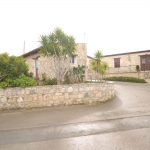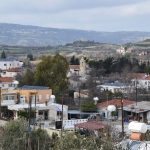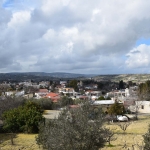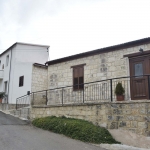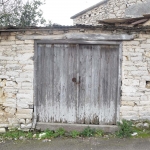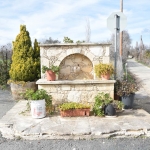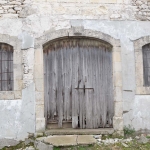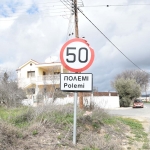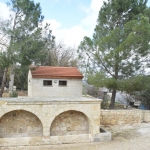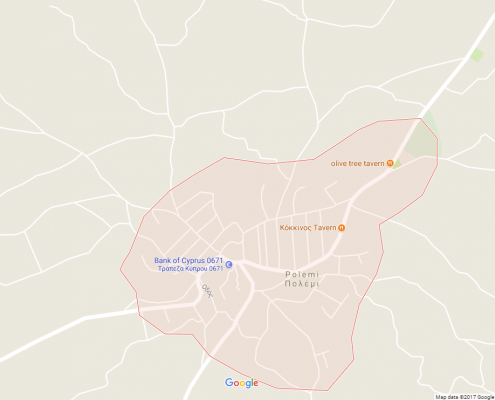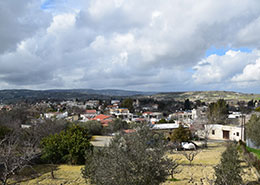
The village of Polemi, known as such since the Byzantine times, is situated on the northeast of Paphos. The village falls under the umbrella of vine-villages in the Limassol-Paphos district. To be more specific, it stands at a distance of seventeen kilometers from the city of Paphos or to put it differently, the west coast of the village is three kilometers away from the central Paphos-Polis road artery. What is more, the roadway connects Polemi on the northeast with Psathi and with Tsada on the southeast with distances reaching three and eight kilometers accordingly.
The village stands at an average altitude of 460 meters, with the northwest being the highest pick reaching 504 meters. It receives an average annual rainfall of about 637 millimeters.
The climate conditions in combination with the morphology of the ground have primarily motivated cultivation of vineyards. The cultivation of apple trees follows. It is noteworthy that in 1985, Polemi was the 4th village of Paphos in viniculture, as vineyards took four hundred seventy four hectares of cultivated land. These vineyards were mostly intended for wine production.
Consequently, agricultural activities were the main occupation of the inhabitants, in contrast to stock farming, which was not popular according to the numbers below. In 1985, a very important year for viniculture, only 251 sheep, 180 goats, 10cows, 62 pigs and 1.900 chickens were raised.
The geographical location of Polemi, and to be more explicit, its affinity to the city of Paphos helped raise the number of its population, especially until 1960, namely until the Republic of Cyprus was founded. Only sever years after the destructive earthquake of 1953, the village managed to be the tenth village in population in Paphos. In 1982, it held the eleventh position in the population rank. It is obvious that in the last decades of the 20th century, the village of Polemi, like many other villages in Cyprus, was hit by rural depopulation. However, as indicated through the available census data, Polemi remained one of the largest villages in Paphos.
|
Census Year |
Population |
Census Year |
Population |
|
1881 |
354 |
1946 |
754 |
|
1891 |
398 |
1960 |
880 |
|
1901 |
445 |
1973 |
833 |
|
1911 |
495 |
1976 |
795 |
|
1921 |
522 |
1982 |
726 |
|
1931 |
521 |
2001 |
737 |
Education in the village began at the first half of the 19th century. The establishment of the Polemi Gymnasium is of great importance not only for the village but also for the village. More information regarding this topic can be found under the link “Education”.
Polemi is active as far as sports are concerned. To be more specific, “Ares”, the sports club of the village has one of the best volleyball teams on the island that mostly plays in the fist league.
What is extraordinary interesting, are the historical evidence that emerge from the name of the village. Some researchers connect its name with Polemios, “the Byzantine proprietor or owner of the area”. This indicates that the establishment of the village took place during the Byzantine time. It is believed that this settlement was situated near the existing one, known as “Plain of the Queen”.
This specific location is indicated as such by prehistoric findings, the existence of a church, that no longer exists, dedicated to Saint Minas and also by a legend that refers to the “Seat of Digenis”. This is a great stone that resembles a seat and it is considered to belong to Digenis, a mythical hero. According to tradition, he was always on this seat ready to fight the Saracens and protect the village.
As mentioned above, archaeological excavations brought certain objects to light, such as a prehistoric stone mattock. This indicates that human presence in the area goes back to prehistoric times.
Anther version regarding the name of the village is deducted from Leontios Machairas, who claims that the village owes its name to an “Alaman Saint”, namely Polemios.
What is also worth mentioning is that the village is found on maps from the Frank domination era with the same name. The only difference is that it is found written with characters from the Latin alphabet, namely as “Polemi”.
What is impressive is the fact that the village has numerous ecclesiastical buildings, mostly chapels. The most famous one is the chapel dedicated to “Saint Nipio or Nepio”, protector of all toddlers (“nipio”) and helper of their walking. The majority of the chapels, which are found across the area, are deserted. The chapels of Saint Anastasia, Saint George, Saint Theodoros, Saint Kournouta, Saint Marina and Prophet Elias are only a few of the chapels in Polemi.
Polemi is also known for its deserted monastery and its main church. The glebe of Kykkos Monastery is located on the west of the village. This monastery used to possess a great amount of village property. The main church of the village is dedicated to Virgin Mary Chrysseleousa. It was built in the 16th century and was, according to R. Gunnis, a Latin chapel.
Concluding, it must be noted that during English domination, a Police Station was founded in the village. It was however destroyed when the inhabitants took part in the October Revolution against the English. The English government decided to close the police station and punish all participants with fines or imprisonment. Amongst those who were punished were the president of the community council, the priest and other officials.
To sum up, Polemi is a pioneer in agriculture due to viniculture, in education due to effective learning, and in religion due to its numerous chapels. The disclosure of prehistoric findings and the preservation of its possibly Byzantine name are also of great importance.
Source:
Great Cypriot Encyclopedia, vol.11., p. 356
